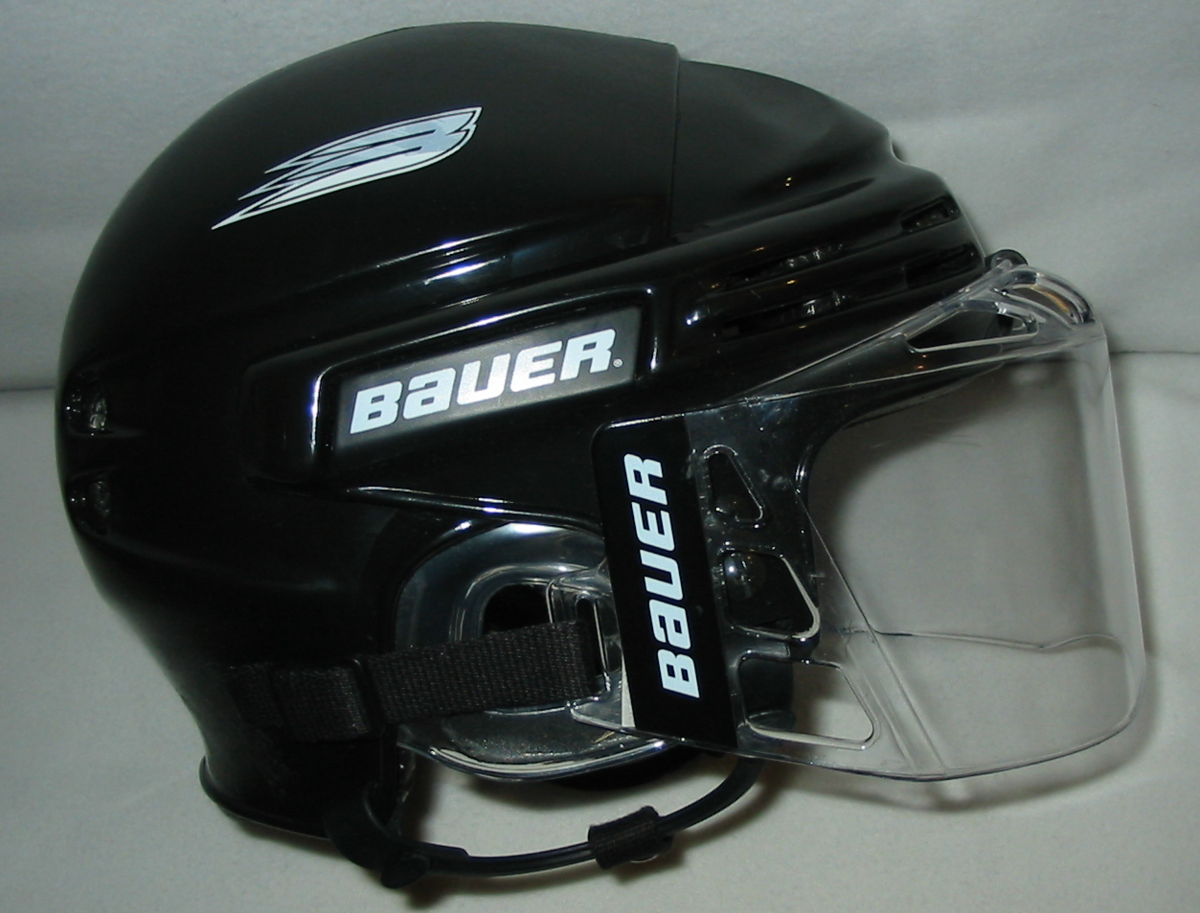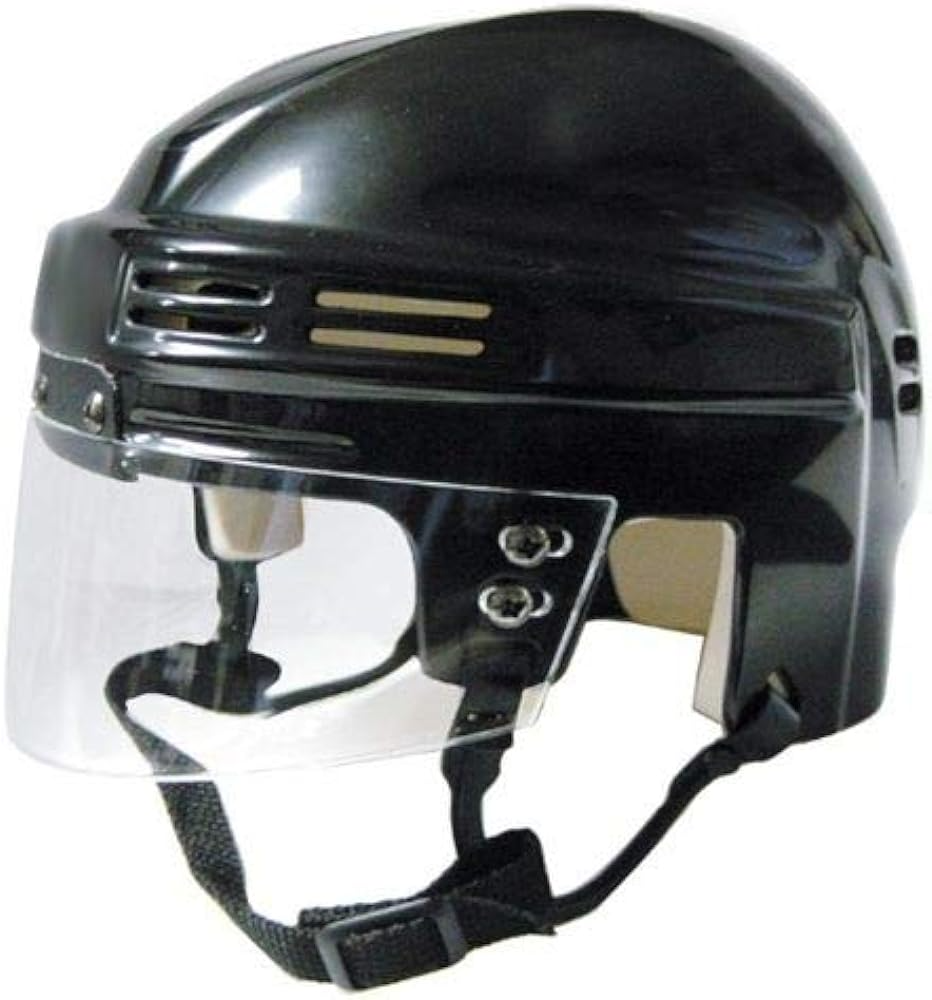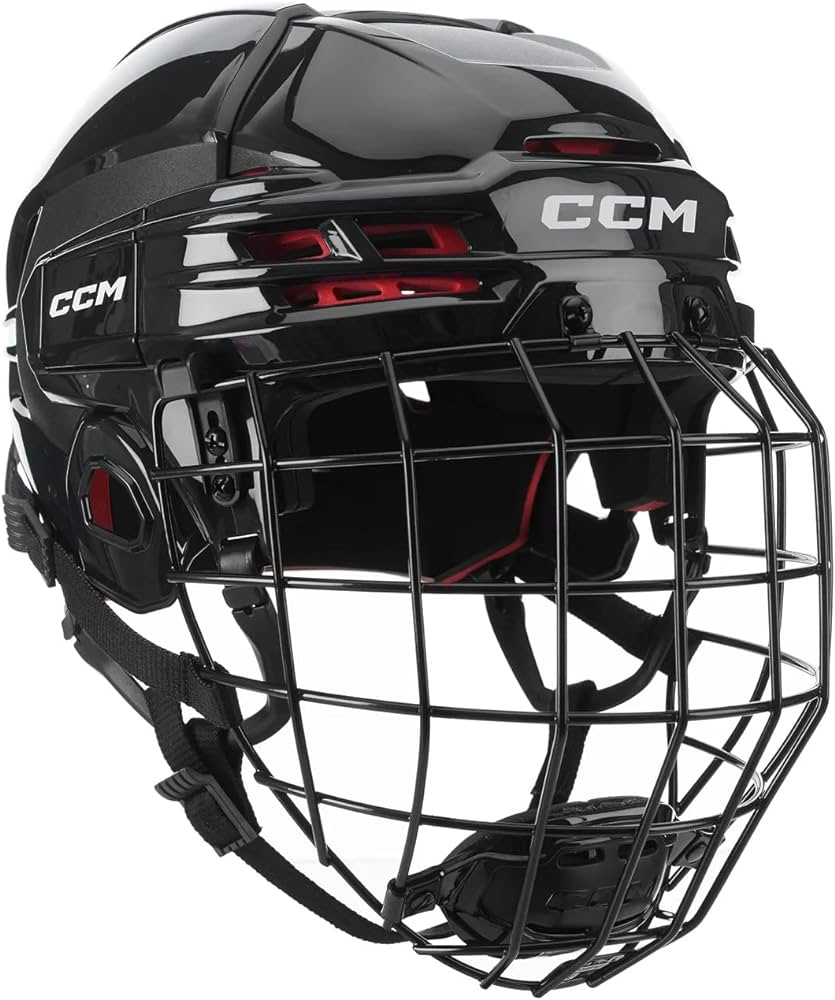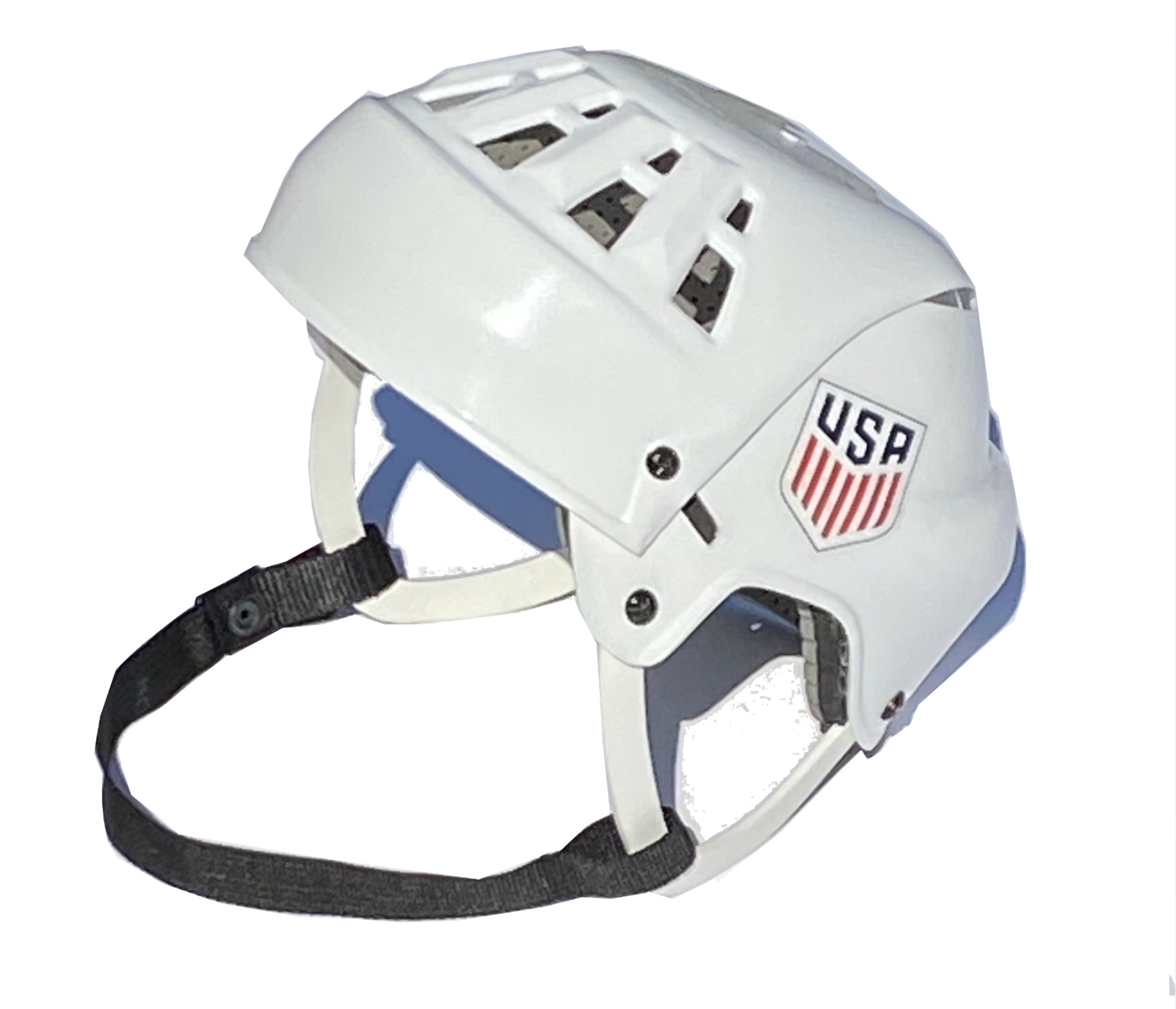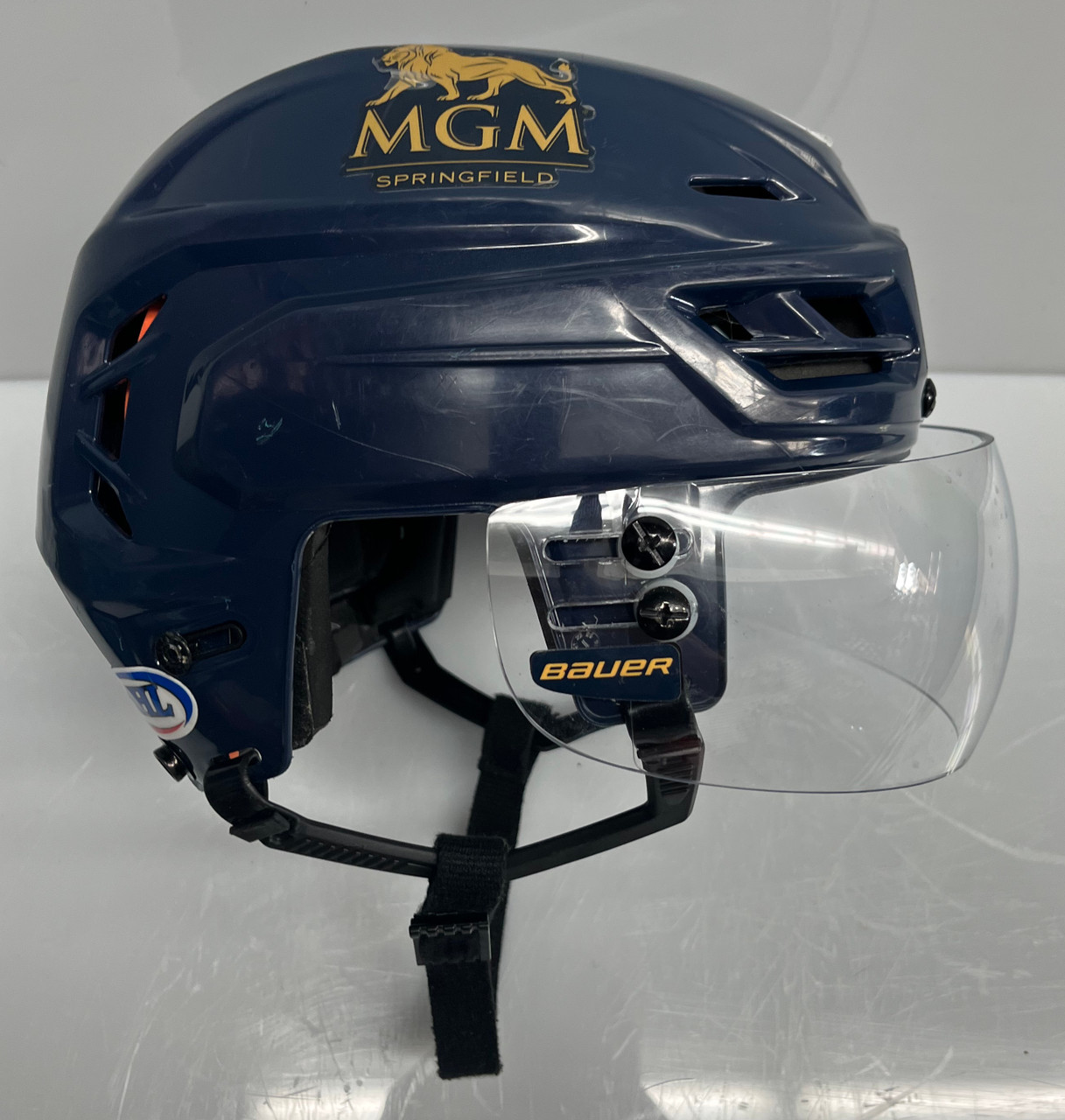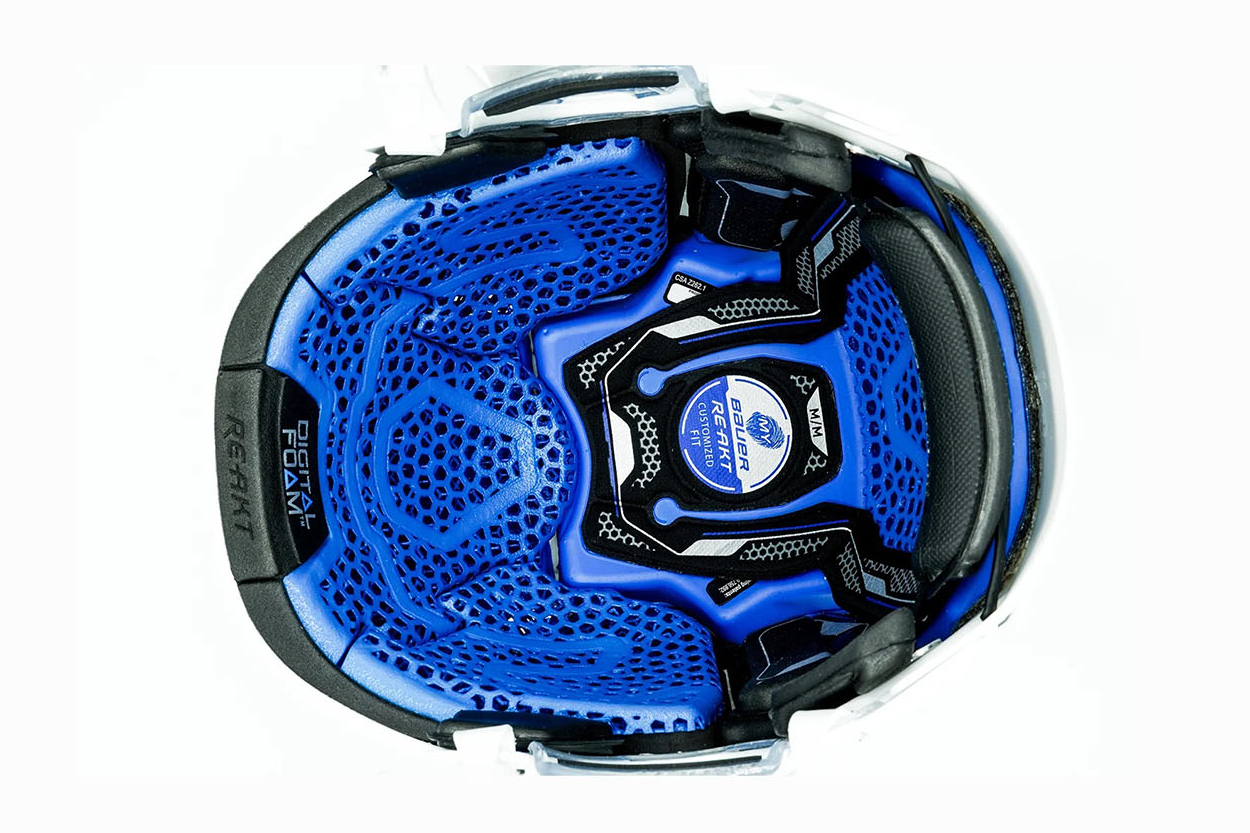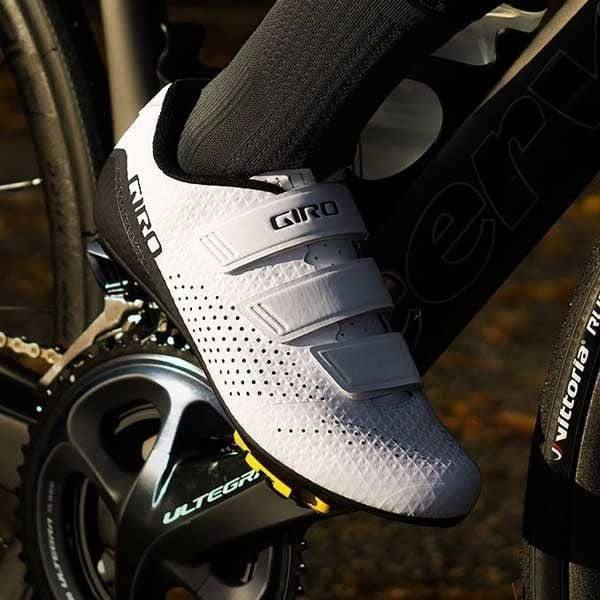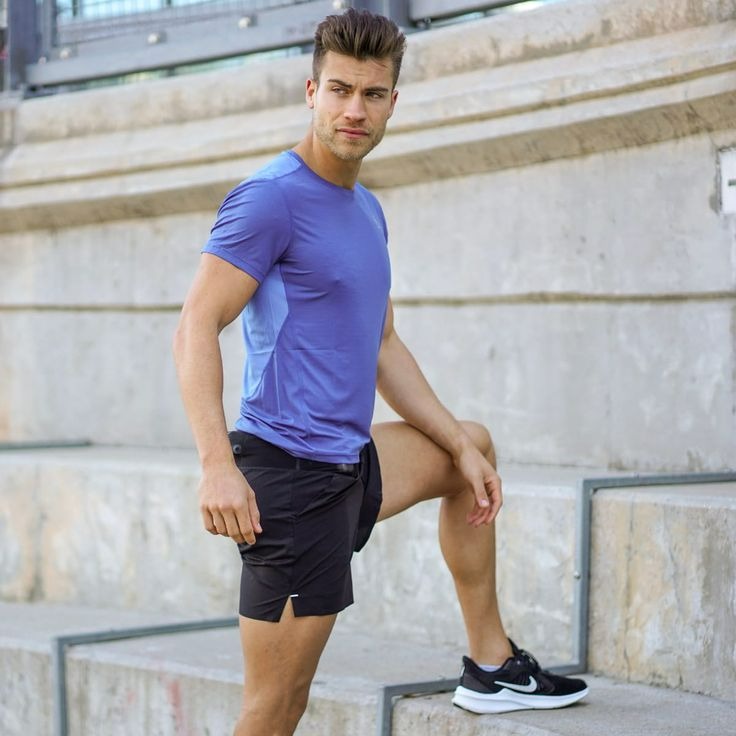Introduction
Hockey is a fast-paced and physically demanding sport that requires players to prioritize safety. Among the most crucial protective gear in a hockey player’s arsenal is the helmet. A hockey helmet not only protects against head injuries but also enhances overall performance by providing comfort and stability. Choosing the right helmet can make a significant difference in a player’s safety and confidence on the ice. This article delves into the importance of hockey helmets, their key features, benefits, popular models, maintenance tips, comparisons with other sports helmets, and future trends. Whether you’re a seasoned player or a newcomer to the sport, understanding the intricacies of hockey helmets will help you make an informed decision and ensure your safety on the ice.
Understanding the Importance of Hockey Helmets
The Role of Hockey Helmets
Hockey helmets are designed to protect players from head injuries during gameplay. The high speeds, physical contact, and hard surfaces involved in hockey make head protection essential. Helmets safeguard players from impacts with the ice, boards, sticks, pucks, and other players. They are crucial in preventing concussions, skull fractures, and other serious injuries. A well-fitted and properly maintained helmet can significantly reduce the risk of head injuries, allowing players to focus on their performance without compromising safety.
Evolution of Hockey Helmets
The design and technology of hockey helmets have evolved significantly since their introduction. Early hockey helmets, used in the mid-20th century, were rudimentary and offered limited protection. They were often made of hard plastic or leather and lacked proper padding and face protection. As the understanding of head injuries improved, so did helmet design and standards. Modern hockey helmets incorporate advanced materials, engineering, and technology to provide superior protection and comfort. They feature multi-layered padding, adjustable systems, and integrated face shields. The evolution of hockey helmets reflects the sport’s commitment to player safety and performance.
Key Features of Hockey Helmets
Shell Material and Construction
The outer shell of a hockey helmet is typically made from high-impact resistant plastic, such as polycarbonate or ABS (Acrylonitrile Butadiene Styrene). These materials provide durability and protection against impacts. The shell’s construction is designed to absorb and dissipate the force of impacts, reducing the risk of injury. Some helmets feature dual-layer shells, combining different materials for enhanced protection. The shell’s design also includes ventilation holes to ensure proper airflow and temperature regulation during gameplay. The combination of durable materials and thoughtful construction ensures that hockey helmets offer reliable protection and comfort.
Padding and Liner Systems
The padding and liner systems inside a hockey helmet are critical for impact absorption and comfort. Modern helmets use multi-density foam padding, often including energy-absorbing materials like EPP (Expanded Polypropylene) foam and VN (Vinyl Nitrile) foam. These materials offer excellent impact resistance and contour to the player’s head for a secure fit. Some helmets feature removable and washable liners, allowing for easy maintenance. The padding and liner systems work together to cushion the head, distribute impact forces, and enhance comfort. Proper padding and liner systems are essential for both protection and comfort.
Fit and Adjustability
A well-fitted hockey helmet is crucial for effective protection. Helmets typically come with adjustable systems to ensure a secure and comfortable fit. Many helmets feature tool-free adjustment mechanisms, such as sliding clasps or dial adjustments, allowing players to customize the fit easily. The adjustable systems ensure that the helmet stays in place during gameplay, preventing it from shifting or coming off. Helmets also come in various sizes to accommodate different head shapes and sizes. Ensuring a proper fit is essential for maximizing the helmet’s protective capabilities and comfort.
Face Protection
Face protection is a vital component of hockey helmets. Helmets can come with different types of face protection, including full-face cages, visors, or combination shields. Full-face cages are made of metal or composite materials and provide comprehensive protection for the face and chin. Visors, usually made of shatter-resistant polycarbonate, protect the eyes and upper face while allowing for better visibility. Combination shields offer the advantages of both cages and visors. The choice of face protection depends on personal preference and league regulations. Proper face protection enhances safety and confidence on the ice.
Benefits of Using a Hockey Helmet
Enhanced Safety
The primary benefit of using a hockey helmet is enhanced safety. Helmets are designed to protect players from head injuries, reducing the risk of concussions, fractures, and other serious injuries. The combination of durable shells, impact-absorbing padding, and secure fit ensures comprehensive protection against various impacts. Face protection further reduces the risk of facial injuries. Enhanced safety allows players to focus on their performance with confidence, knowing they are well-protected.
Improved Performance
A well-fitted and comfortable hockey helmet can improve a player’s performance. Proper fit and adjustability ensure that the helmet stays in place, allowing players to move freely and comfortably. The helmet’s ventilation systems keep the player cool, reducing fatigue and discomfort during gameplay. Face protection provides peace of mind, allowing players to engage in physical play without fear of injury. The combination of protection and comfort allows players to perform at their best, maximizing their potential on the ice.
Confidence and Focus
Wearing a hockey helmet enhances a player’s confidence and focus. Knowing that they are well-protected allows players to engage fully in the game, taking risks and pushing their limits without fear of injury. The helmet’s fit and comfort contribute to a positive mental state, reducing distractions and allowing players to concentrate on their skills and strategies. Enhanced confidence and focus translate to better performance and enjoyment of the game.
Compliance with Regulations
Hockey helmets are mandatory in most leagues and organizations, ensuring compliance with safety regulations. Leagues often have specific requirements for helmet design, fit, and face protection. Using a certified and approved helmet ensures that players meet these regulations, avoiding penalties and ensuring eligibility to play. Compliance with regulations is essential for both safety and participation in organized hockey.
Popular Models of Hockey Helmets
Bauer RE-AKT 200
The Bauer RE-AKT 200 is a top-tier hockey helmet known for its advanced protection and comfort features. It features a multi-density liner system with Bauer’s exclusive Suspend-Tech NG technology, providing excellent impact absorption and fit. The helmet’s VTX technology and XRD and IX foam offer superior protection against both high and low-energy impacts. The fit and adjustability are enhanced with the tool-free adjustment system and customizable occipital lock. The RE-AKT 200 also includes a ventilation system for optimal airflow. The Bauer RE-AKT 200 is a popular choice among professional and elite players, offering top-level protection and comfort.
CCM Tacks 710
The CCM Tacks 710 is another highly regarded hockey helmet that combines protection, comfort, and innovation. It features a multi-density foam liner with D30 smart material, which adapts to different impact forces for superior protection. The I.Q.Shion foam liner and R.E.D. System (Rotational Energy Dampening) enhance fit, comfort, and protection against rotational impacts. The Tacks 710 also includes a tool-free adjustment system for easy and precise fit customization. Its lightweight design and ventilation system ensure comfort during gameplay. The CCM Tacks 710 is a popular choice among players seeking advanced protection and comfort.
Warrior Covert PX+
The Warrior Covert PX+ is a high-performance hockey helmet known for its lightweight design and advanced protection features. It features a multi-layered foam liner with impact-resistant foams, providing excellent protection and fit. The PX+ includes Warrior’s unique BOA Fit System, which allows for precise and easy adjustment for a secure fit. The helmet’s Viconic protection system and True One Shell technology enhance impact absorption and durability. The PX+ also includes a ventilation system for optimal airflow. The Warrior Covert PX+ is a popular choice for players seeking a lightweight, comfortable, and protective helmet.
Maintenance and Care for Hockey Helmets
Regular Cleaning and Inspection
Regular cleaning and inspection are essential to maintain the performance and longevity of a hockey helmet. After each use, wipe down the helmet with a damp cloth to remove sweat, dirt, and debris. For more thorough cleaning, remove the liner and padding (if detachable) and wash them according to the manufacturer’s instructions. Avoid using harsh chemicals or abrasive materials that could damage the helmet. Inspect the helmet for any signs of wear, cracks, or damage to the shell, padding, and straps. Regular cleaning and inspection ensure that the helmet remains in good condition and provides effective protection.
Proper Storage
Proper storage is crucial to maintaining the shape and integrity of a hockey helmet. Store the helmet in a cool, dry place away from direct sunlight and heat sources, which can cause the materials to degrade. Avoid placing heavy objects on top of the helmet, as this can deform the shell and padding. When storing the helmet for an extended period, use a protective bag or case to prevent dust and damage. Proper storage practices ensure that the helmet remains in optimal condition between uses.
Addressing Wear and Tear
Over time, wear and tear can affect the performance and safety of a hockey helmet. Common issues include loose straps, worn padding, and cracked shells. For minor repairs, such as replacing wear-straps or padding, follow the manufacturer’s guidelines and use authorized replacement parts. If the helmet has significant damage, such as cracks or deformities in the shell, replace it immediately to ensure safety. Regularly addressing wear and tear helps maintain the helmet’s protective capabilities and extends its lifespan.
Helmet Rotation and Replacement
Rotating and replacing helmets is essential for maintaining safety. Helmets should be replaced every few years, depending on usage and wear. Regularly rotating helmets between practice and games can help distribute wear more evenly and extend the lifespan of each helmet. Check the manufacturer’s recommendations for the lifespan of the helmet and inspect it regularly for signs of wear and damage. Investing in a new helmet when needed ensures that you always have reliable and effective head protection.
Comparing Hockey Helmets to Other Sports Helmets
Hockey vs. Football Helmets
While both hockey and football helmets are designed to protect against head injuries, they have distinct differences in design and function. Football helmets typically feature a full-face cage, thicker padding, and a more rigid shell to protect against the high-impact collisions common in football. Hockey helmets, on the other hand, are designed to provide protection from impacts with the ice, boards, and pucks, as well as from player collisions. Hockey helmets often have a combination of visors and cages for facial protection and prioritize mobility and comfort. The choice between hockey and football helmets depends on the specific sport and the types of impacts players are likely to encounter.
Hockey vs. Lacrosse Helmets
Lacrosse helmets share similarities with hockey helmets but are tailored to the specific needs of lacrosse players. Both types of helmets provide head protection and often feature facial protection, such as cages or visors. However, lacrosse helmets typically have a different shape and padding arrangement to accommodate the unique impact patterns and contact points in lacrosse. Lacrosse helmets also prioritize lightweight designs and ventilation for comfort during gameplay. While both types of helmets offer protection, they are designed to address the specific safety requirements of their respective sports.
Hockey vs. Cycling Helmets
Cycling helmets are designed to protect against impacts resulting from falls or collisions while riding. They typically feature a lightweight design, aerodynamic shape, and extensive ventilation to keep riders cool. Hockey helmets, in contrast, prioritize protection from high-speed impacts with pucks, sticks, and other players. They feature more comprehensive padding, rigid shells, and facial protection options. While both cycling and hockey helmets offer head protection, they are designed for different activities and impact scenarios. Each type of helmet is optimized for the specific demands of its intended sport.
Conclusion
Hockey helmets are a crucial component of a player’s protective gear, offering essential head protection and enhancing performance on the ice. Key features such as durable shell materials, advanced padding systems, and customizable fit ensure comprehensive protection and comfort. Popular models like the Bauer RE-AKT 200, CCM Tacks 710, and Warrior Covert PX+ offer advanced technology and high-performance features. Proper maintenance and care, including regular cleaning, storage, and addressing wear and tear, are essential to maintain the helmet’s effectiveness and longevity.
Comparing hockey helmets to other sports helmets highlights their unique design and safety requirements. Future trends in hockey helmet technology, including enhanced impact absorption, smart helmets, lightweight designs, and sustainability, promise to further improve player safety and performance. Whether you’re a seasoned player or new to the sport, investing in a high-quality hockey helmet is an essential step to ensure your safety and success on the ice. A well-chosen and well-maintained hockey helmet provides the confidence and protection needed to enjoy the game to its fullest.
